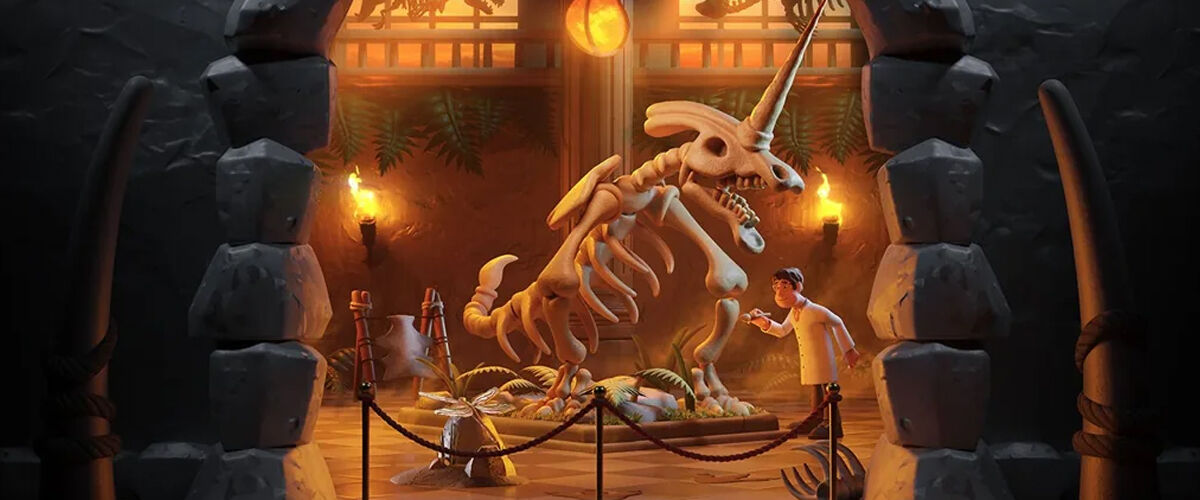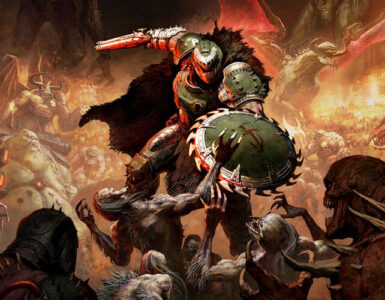Diving into the world of healthcare and academics is hardly anyone’s idea of fun, but Two Point Studios’ series of management titles have proved otherwise. With some of the minds behind genre cult classic Theme Hospital at the helm, Two Point Hospital (2018) and Two Point Campus (2022) quickly established a strong presence in the management sim space, finding a niche following in their quirky charm, wisecracking snark, and intricate, yet accessible, gameplay.

Continuing in the same vein is Two Point Museum, centred on a new attraction and subject matter that some may find more dull than enjoyable – history (which is a pity because there’s always so much to learn about the past). The threequel eschews building beds and classrooms for setting up immersive exhibitions, injecting a healthy dose of novelty into a tried-and-tested formula, while still preserving the best parts of its identity. In addition to cranking up the satirical delight from before, its clever bag of party tricks brings surprising gameplay depth that represents an excellent evolution of everything the series has stood for, and then some.
The influence of its past trappings is immediately conveyed through a familiar core loop, despite the heritage-steeped twist and more prominent shift to profit-making. In true capitalistic fashion, money always comes first before revisiting the annals of time, marking the start of a tradition that carries over to all five museums covered in the story campaign. It certainly helps that the series’ signature bright, cheery visuals soften this real-world parallel, with players finding a comfortable routine in curating a space, building facilities, upskilling staff, and growing the business.
As one would expect, each museum bears its own signature quirks and intricacies. Memento Mile, for instance, puts prehistoric discoveries into focus, whereas Passwater Cove embraces the aquatic way of life. The thematic identity persists into the remaining three spaces: Wailon Lodge (Supernatural), Bungle Wasteland (Science), and Pebberly Heights (Space), where they are spruced up with a distinct look and personality.

Naturally, there are requirements to meet for the various experiences. Some are fixed across the board – interactive displays for entertaining the young ones, vending machines to stave off the hunger pangs, information boards to educate visitors, and more. Others, however, are specific to the exhibits, and one of the earliest instances involves placing a frozen caveman in a cool environment, forming the bedrock for the later stages where fish of different quality and species can only live in a particular water climate, and poltergeists with complementary character traits are to be paired together in a room.
Where money was the driving force behind progression and expansion in its predecessors, Two Point Museum structures it around exhibits instead, which factor into objective completion at times. A clever new system sends field experts on expeditions to recover artefacts, with each map in a region opening up when specific prerequisites are met. Don’t be fooled by its seemingly straightforward premise, though as while exploration is a breeze at the start, players will soon find themselves having to deploy experts with different field specialisations.
Then, there are accompanying risks to manage. In one expedition, staff may run into deadly snakes; in another, a sandstorm brews in the distance, joining the list of possible events that range from sustaining injuries and encountering traps to getting lost in a dense forest. These dangers can be reduced, but not eliminated, through different perks offered by the experts, yielding a high-risk-high-reward experience that tacks on more perils and longer travel time for expeditions with higher-grade spoils.

That’s not to say that the safer options bear no consequences. Even a seemingly insignificant event like returning with muddied boots can cause a chain reaction, requiring a janitor to mop up dirty tracks as the wearer trudges into the staff lounge to rest. Having two fewer staff on standby during off-peak hours is no issue, but it can just as easily trigger a manpower crisis when things get hectic. The intricacies are deftly woven into the expedition framework, marrying a fresh breath of air with added versatility that lets players tackle the maps in whichever order they want, or jump between the different museums.
Indeed, “deceptively simple” is an apt descriptor for Two Point Museum as it’s all too easy to be swept up in the core gameplay loop of decorating a space, hiring (or firing) employees, displaying new exhibits, researching, building more facilities, and expanding a museum, and then rinsing and repeating. The juggling act is compounded by staff management challenges, including upskilling, improving job satisfaction and wages, and task delegation, with specific traits affecting their work performance.
Positive ones, like Analytical or Nimble, grant perks in the form of improved exhibit analysis and movement speed, respectively, while negative effects span Delicate, which slows recoveries from injuries; Slacker, requiring longer breaks; Greedy, where salary expectation is inflated, and more. Each staff will have one to three traits in any combination except those that are directly contradictory and cannot be removed if gained through various events.
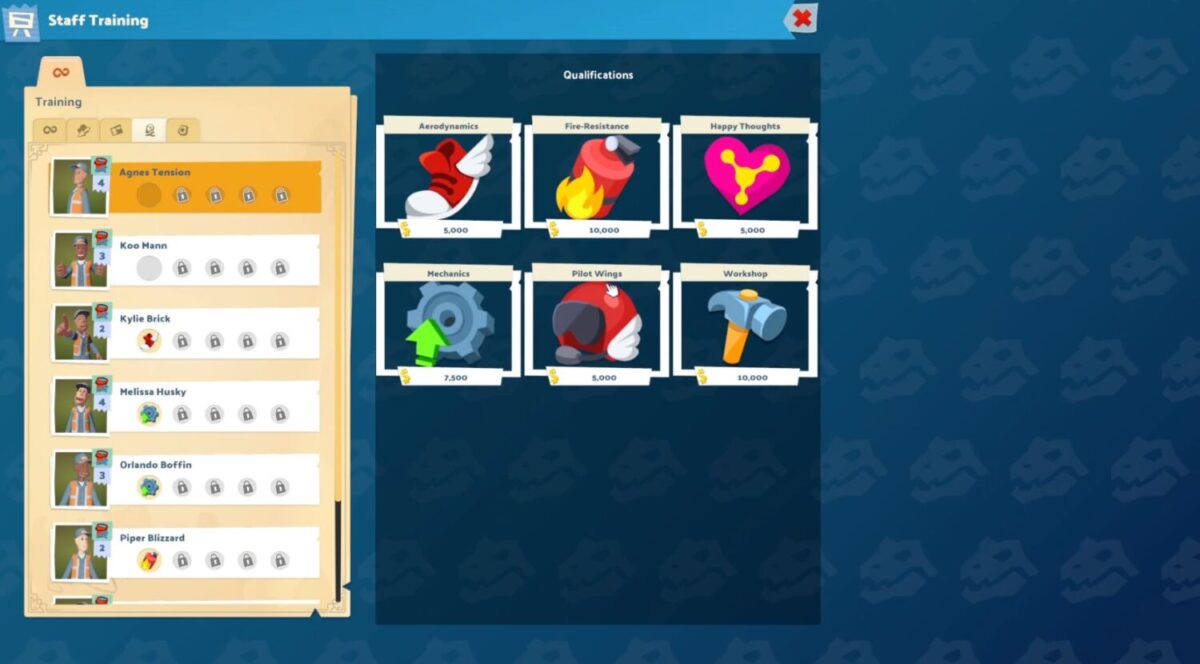
Unlike Two Point Campus and Hospital, there’s a greater aesthetic emphasis here. A handsome-looking centrepiece isn’t enough to attract interest, and decorative pieces can be placed around to raise Buzz levels. If thematically aligned, then all the better, giving off a sense of cohesion that not only looks good, but makes it easier to hit maximum Buzz. It certainly helps that the game’s slower pace dulls the bite of time pressure players were previously subjected to, allowing them to curate a space at their own pace – in fact, some may even find the process therapeutic, especially during lull periods where the action unfolds automatically in the background.
Ultimately though, money makes the world go round. Profit-making remains the top objective of Two Point Museum, which offers several ways to do so: bumping up entry ticket and gift shop prices, organising guided tours, receiving tips via donation bins, hosting primary school trips, satisfying VIP guests, and occasionally, accepting a loaned exhibit from Two Point County, the setting of all three games, usually in the form of boring art pieces (think a slab of marble, for instance, or a simply wooden structure).
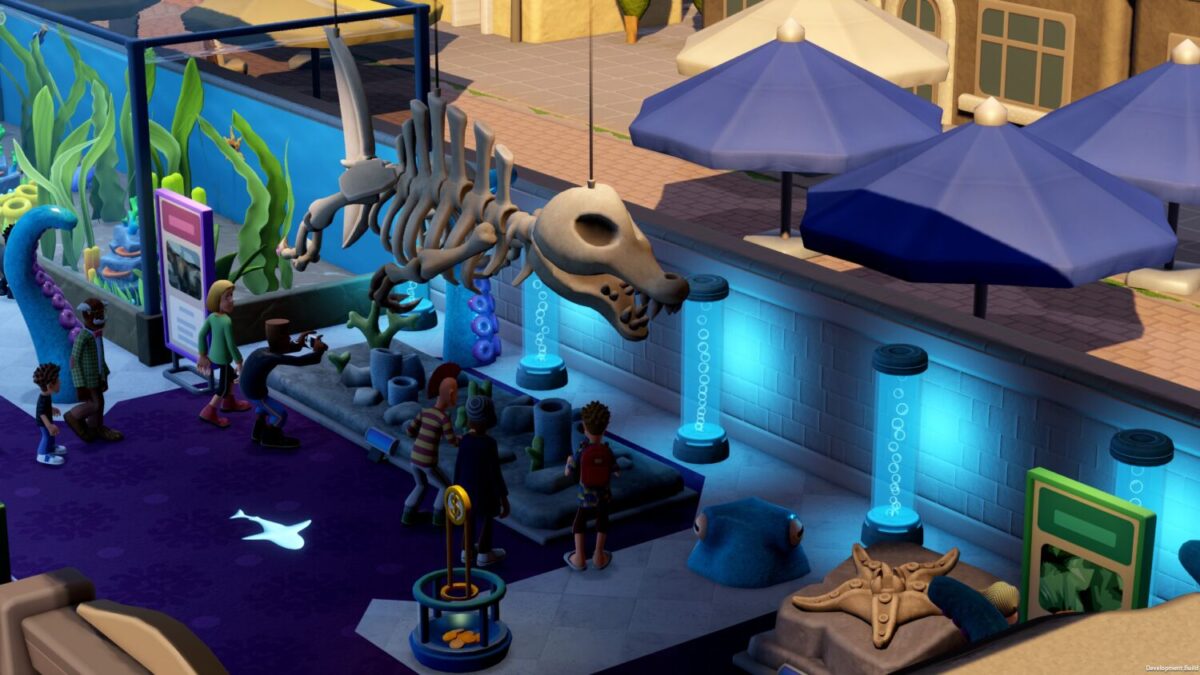
The finance management sounds easy until it isn’t, because again, there’s a lot of depth to unearth. As longtime enthusiasts and genre veterans would know, a common mistake is underestimating the rate of cash flow depletion and diving in too eagerly into expansion, whether it’s manpower or exhibit displays. Cut to the next scene, and money is haemorrhaging, making it difficult to recoup losses and potentially triggering a perpetual state of financial loss. Because progression is gated behind a list of milestones, this can lead to a halted gameplay, especially when it concerns additional prerequisites that bring in crossover elements from other museums or expeditions.
To the game’s credit, its monthly financial reports include a summary of expenses and earnings, although a more detailed breakdown would be appreciated. The museum rating panel doesn’t offer constructive feedback on how to improve the situation either, only displaying generic statements or sweeping comments along the lines of “The museum’s looking great!”. Well, it better be, because there was a lot of effort that went into the curation process, but the larger question is: why are the staff still unhappy even after resting and getting a pay raise? Why is the cash flow not improving despite reduced headcount, high satisfaction levels from customers, and jacked-up prices? Pray tell.

There are other flies in the ointment, too. Crime, which starts out fairly manageable as long as sufficient guards are hired, can become more frustrating as Two Point Museum progresses, with the placement of security cameras often clashing with the surrounding wall or mounted items. As the user interface (UI) is clean and minimalistic, the icons that pop up on the screen may be confusing and require additional time to decipher at times.
The simulator title makes it easy to forget these slight missteps, however. While there’s less wisecracking variety here, Tannoy, the British voiceover from the previous games, continues to delight with her clever quips and dry wit (“Visitors are reminded that not everything has to be a party, ok?”), as well as nods to the Two Point Hospital and Campus days: “I admit it. I miss the students.” The touch of humour is, naturally, injected into the gameplay experience, as seen during chaotic moments like having a caveman run loose and wreak havoc, after the ice he was encased in melted due to heat, or visitors trying to climb into and on larger exhibitions.

Notably, the threequel is the best-looking of its family. The animation is smooth and energetic, conveyed through jaunty character actions and a bright, cheery design, while the transition from building to spectator mode and vice versa works like a charm. In terms of organisation, the clean layout does a great job at grouping relevant information together – the Pay Review tab, for instance, shows every employee’s satisfaction level and their requested pay raise amount, adjustable via a slider at the bottom of the page. Customisation remains a joy, offering a slew of themed decorations for each museum and non-specific set embellishments.
For those looking to sink in the extra hours, the game’s sandbox mode proves enjoyable for long-term play. It’s here that players can let their creativity and imagination run amok, as they are free to set their own set of objectives and difficulty level via a detailed selection of drop-down menus and sliders, and mix around the museums as they wish. This flexibility brings added value to replayability, serving as a nice break in pace from the more regimented and streamlined flow of the main campaign.
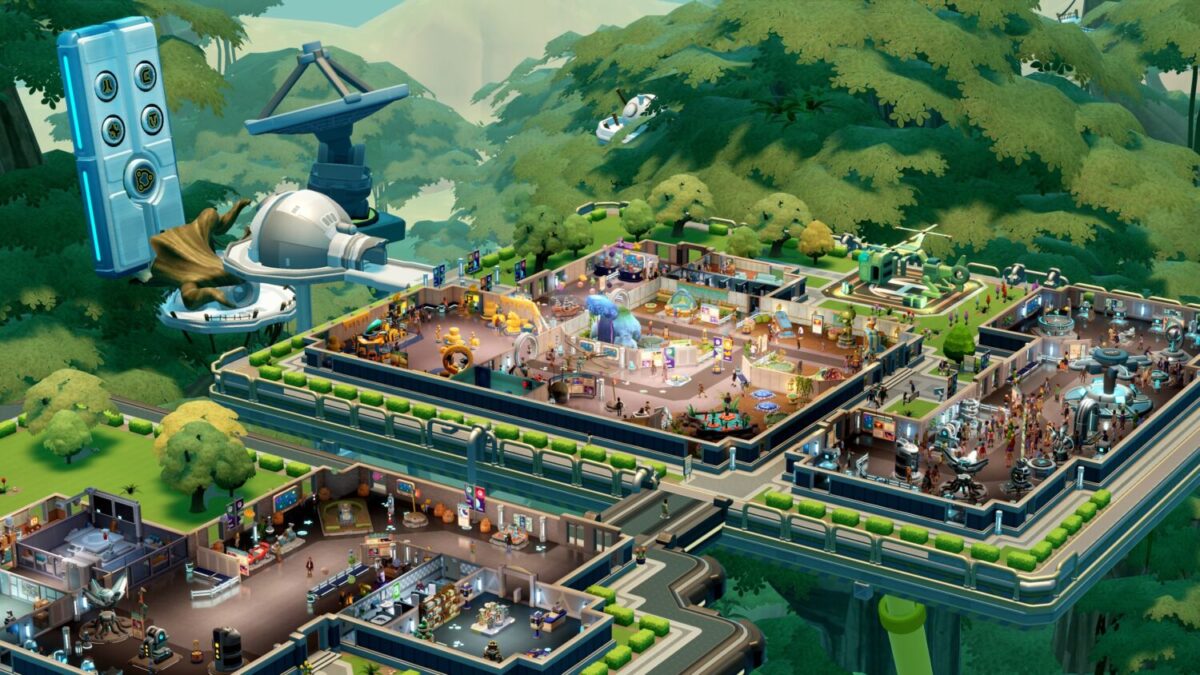
As with its predecessors, the standalone nature of Two Point Museum makes it accessible and welcoming to newcomers, even if they will likely take a while to get used to the controls and hectic multitasking. Beyond that, however, a time of enjoyable (albeit stressful) curation, rewarding payoffs, whimsical, lively visuals, and the thrill of uncovering new discoveries awaits – introducing plenty of reasons for longtime fans to return to Two Point County. An impressive bag of tricks old and new, the latest management sim shows that heritage can be cool, and in more ways than one.
GEEK REVIEW SCORE
Summary
Two Point Museum represents the best of the management sim genre, offering a clever renewed formula that makes it a more-than-worthy successor to its hospital and university counterparts.
Overall
8.6/10-
Gameplay - 8.5/10
8.5/10
-
Presentation - 8.5/10
8.5/10
-
Value - 9/10
9/10
-
Geek Satisfaction - 8.5/10
8.5/10

